
Hiking In Denmark: Hygge on the Horizon in Aalborg and the Untamed Beauty of Skagen and Grenen

In the midst of a hot June day, we embarked on a journey that promised not just a celebration of a decade anniversary together but a captivating exploration of the Danish nature’s wonders. Our destination: the enchanting landscapes stretching from Aalborg to the untamed beauty of Skagen. This was not just an ordinary trip; it was a sensory rendezvous with Denmark’s scenic marvels. It was one of the best hiking in Denmark we had.
Charming Aalborg: Cobblestone Streets, Lively Markets and History
Our weekend trip kicked off in Aalborg, a city seamlessly blending modernity with nature. Nestled along the Limfjord, Aalborg is not just a bustling city but a gateway to the picturesque landscapes of northern Denmark. We spent our first day wandering through the charming, cobblestone streets, lively markets, places where historic architecture met contemporary one. One couldn’t but feel the unmistakable sense of hygge – the Danish concept of coziness and contentment.
We also spent most of the day along the Havnefront due to the warm sunny day.The harbor, once a bustling hub of trade, has transformed into a leisure haven, offering a perfect blend of recreational spaces and waterfront views. We also overlooked the bridges connecting the land to the opposite side of the Limfjord. The Limfjordsbroen, a striking cable-stayed bridge, was a contrast to the older city centre. As we sat on the waterfront, gazing at the bridges, we felt the city’s pulse – a harmony between past and present, seamlessly echoing the spirit of Aalborg.
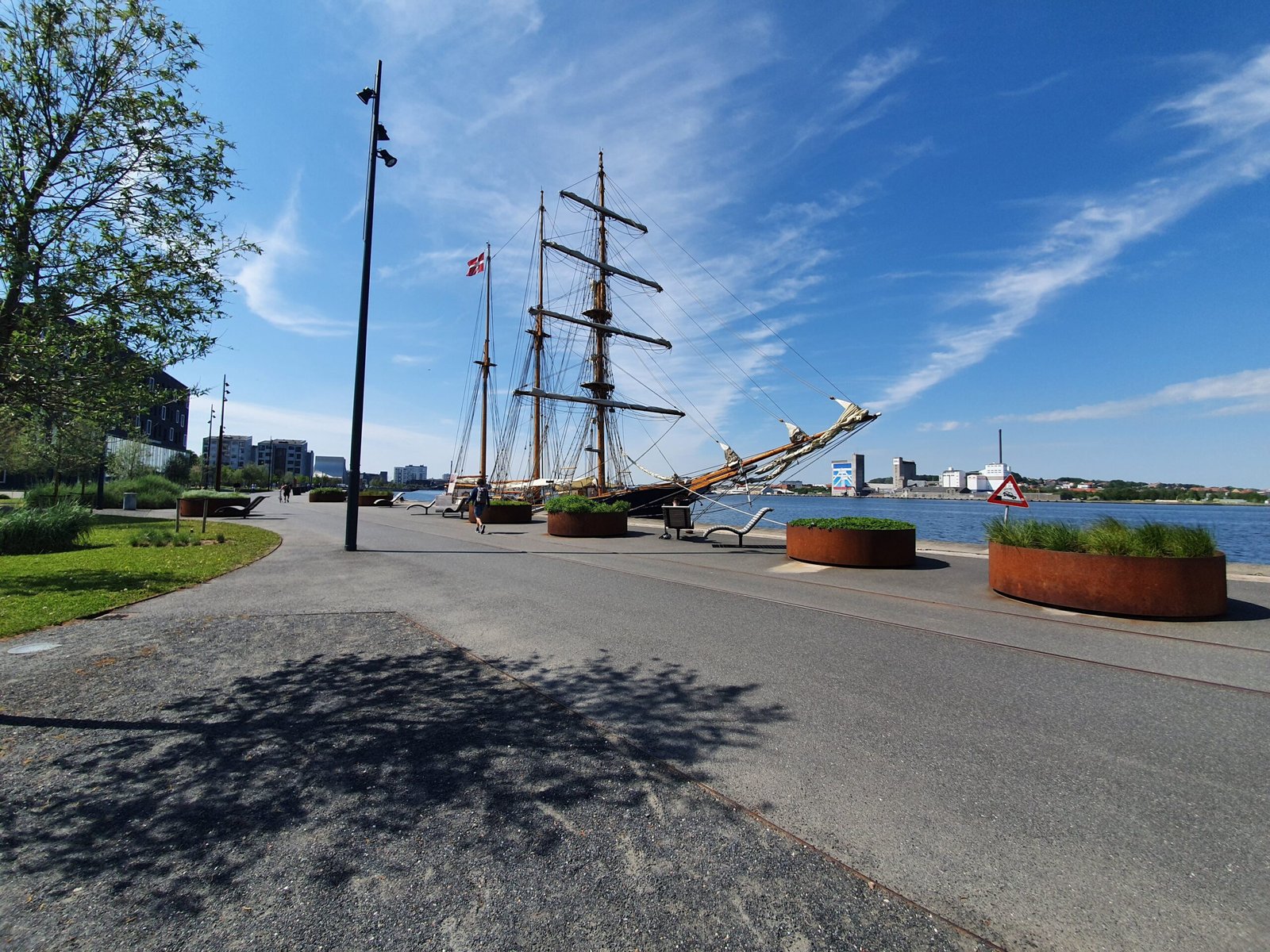
At the waterfront at Limfjords, and Limfjord bridge in the distance
Journeying North: The Road to Skagen
Leaving the urban embrace of Aalborg on our second day, we set our sights northward, taking a train to Skagen. The landscape transformed into a patchwork of fields and coastal views, with each passing kilometer bringing us closer to one of the Denmark’s natural wonders.
Skagen: Where Time Stands Still
Our journey brought us to the picturesque town of Skagen, a gem nestled in the northernmost reaches of Denmark. Arriving by train, we were immediately captivated by the quaint allure of the small town that seemed frozen in time, its charm oozing history and stories from way back. The town’s ochre-coloured houses, with their distinct, red-tiled roofs, beautifully reflected its rich artistic heritage. Known as the ‘Artists’ Colony,’, Skagen hosted a summer retreat for Scandinavian artists drawn to its unique light, the merging North and Baltic Sea at Grenen and the sky, especially during the mesmerizing “blue hour” evenings. Influenced by French Impressionists like Claude Monet, these artists, breaking from traditional academies, developed their own styles against the backdrop of Skagen’s endless beaches. For art enthusiasts, a visit to Skagen is a must. Explore the cobbled streets, wander the narrow lanes, and don’t miss the Skagens Museum, which houses a collection of Nordic art.
A Beautiful Trail Awaits
Our exploration, however, was not confined to this charming town. With our hiking spirits high and the sneaker laced up, we embarked on a trail that would lead us from Skagen to Grenen – one of the most beautiful hiking trails in Denmark, through the untamed beauty that defines the northernmost Danish nature. Annually drawing two million visitors, this area boasts a 3-square-kilometer reserve area with hilly dunes, expansive heath, and enchanting moorland.
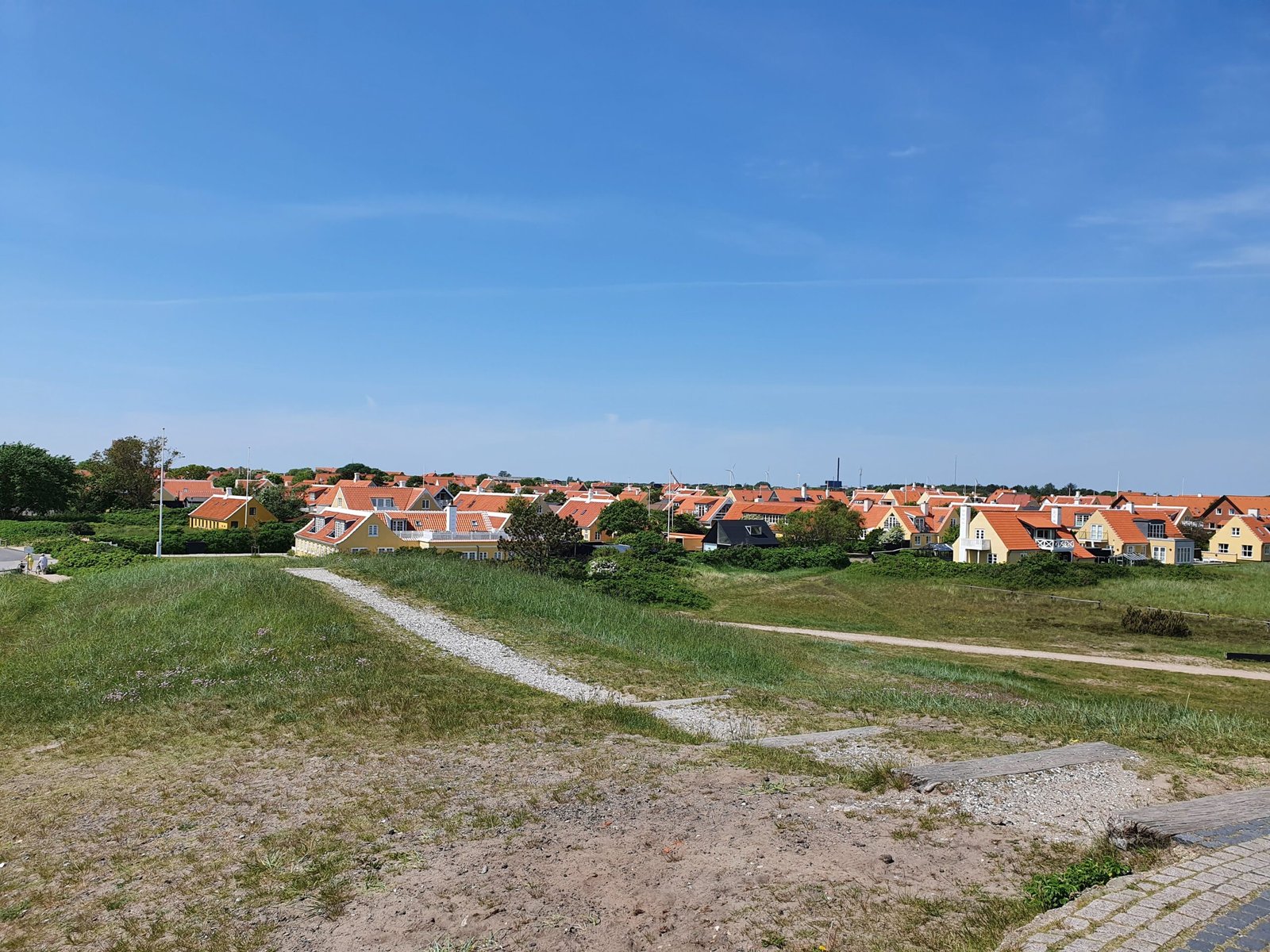
Exploring Skagen’s Coastal Wonders: A Hike to Grenen
The Iconic Vippefyr
The hike from Skagen commenced with a stroll past Vippefyret, the iconic tilting lighhouse immortalized by the Skagen painter PS Krøyer. This historic lighthouse, originally built due to numerous shipwrecks in the area, guided ships away from the dangerous and unsafe Grenen and its treacherous reef. The tilting mechanism, where the basket filled with burning wood and coal is affixed to a bascule that could be lifted up and down. The Vippefyret still lights up each year for St. Hans, accompanied by a grand celebration on Sønderstrand with a beach bonfire and a multitude of visitors and tourists.
Bunkers and Det Grå Fyr
Continuing our hike, we passed by the Skagen Bunker, a silent witness to Skagen’s strategic significance during World War II, hidden beneath the coastal dunes. Shortly after, we arrived at Det Grå Fyr, the Skagen Gray Lighthouse. This lighthouse, with its weathered facade, has been a guardian of the coastline, guiding mariners through the unpredictable waters of the North Sea. Today it is also a bird observatory, as the area itself is a hotspot for bird migration in Europe, where thousands of birds migrate from Skagen to and from Sweden and Norway.
Transition to Sandy Trails
Our hike continued beyond the Skagen Gray Lighthouse, leading us to a roundabout that not only marked the end of the road and the the transition from asphalt to the sandy stretch of the trail. As we ventured forth, passing a few more bunkers from WWII nestled between the undulating sand dunes, the landscape transformed and we marvelled at the coastline. The sound of the waves grew louder with each step. The air carried the salty aroma of the North Sea, invigorating our senses as we ventured towards the tip of Grenen.
Sandormen
Past the roundabout, there was also a spacious car park, a gift shop, and a cafe. The allure of walking to the sandy peninsula from Grenen attracted fewer, as navigating the sands could be quite an endeavor for some. Opting for a convenient and scenic alternative, you can also chose to get to the tip by taking the Sandormen tractor. Tickets, 35.00 DKK for adults and 15.00 DKK for children, can be bought at a vending machine or onboard with cash. The short journey across the sand culminates at the Grenen peninsula, exactly at the point where the North Sea and Baltic Sea converge.

The meeting of the seas
A Leisurely Coastal Stroll
Opting for a more leisurely pace, we decided to avoid the Sandormen and embraced the opportunity to explore the stunning coastline on foot. As we strolled along the sandy path, we reveled in the beauty of the landscape, taking a moment to slip off our shoes and feel the soft, golden, warm sand beneath our feet. Dipping our toes into the waters, it felt very refreshing. Eventually, we reached the same destination as the Sandormen, but our choice to go across the terrain by foot allowed us to explore the area more closely.
The Convergence Point Marvel
Standing at the convergence point of the North Sea and the Baltic Sea, we marveled at the fascinating dynamics of this natural phenomenon. Here, the powerful currents and distinct temperatures of the two seas meet, creating a visible line where their waters collide yet remain separate. Mesmerized by this natural wonder, we decided to make the most of our time, staying at this picturesque junction for most of the afternoon. With a delightful picnic, we enjoyed the breathtaking view, basking in the warmth of the sun and immersing ourselves in the tranquil atmosphere of this extraordinary meeting of seas. After the picnic, we reluctantly retraced our steps back to Skagen, not wanting to part ways with the captivating beauty that had enchanted us.
Skagen’s Timeless Charm
Our hike from Skagen to Grenen was more than an ordinary trip; it was an immersive experience, an exploration of the raw beauty that defines the northernmost reaches of Denmark. Skagen, with its timeless charm and the untamed allure of its coastal landscape, left an indelible mark on our journey – a place where the seas converge, and time stands still. It was a the best way we can think of to celebrate our 10th anniversary.
Råbjerg Mile
If you are up for more exploration in the area, then you are in luck! Skagen is also very close to the Råbjerg Mile, Denmark’s largest migrating dune, offering a unique and breathtaking sight. It is about 1km wide and 1km long, it is made of roughly 3,5 million cubic meter sand, and is 40 meters high. Remarkably, it migrates 15 meters annually towards the north-east, potentially covering the main road to Skagen in the next century or two. The formation of Råbjerg Mile over 300 years ago in the landscape known as Råbjerg Stene led to sand drift issues, forcing people from their homes and leaving a sand-covered church tower in the past. Today, the area is protected and owned by the state, with measures in place to preserve its natural beauty.
Our trip to Aalborg, Skagen and Grenen was more than just a journey; it was a reminder that amidst the chaos of life, nature beckons with its tranquility and grandeur. As we travelled back to Copenhagen, our hearts were filled not just with the memories of a splendid weekend trip but with a profound appreciation for the hygge moments that Denmark’s landscapes generously offer.
Interesting Facts and Things You Should Know Before Visiting
Aalborg:
- Limfjord Bridge: Aalborg is home to the Limfjord Bridge, one of the longest combined road and rail bridges in Europe, connecting the city to Nørresundby on the opposite bank.
- Jomfru Ane Gade: This street is one of Denmark’s most famous streets known for its vibrant nightlife, restaurants, and bars.
- The New York Times even put Aalborg in its Top 10 Places to Go in 2019 (no.8 to be precise)
- Aalborg Zoo is a must and it is Aalborg’s most visited attraction
Skagen:
- Artists’ Colony: Skagen has been a historically significant artists’ colony, attracting painters from the late 19th century who were inspired by the unique quality of light in the region.
- Skagens Museum: The Skagens Museum hosts an collection of Nordic art, including works by famous artists such as P.S. Krøyer and Anna Ancher.
- Den Tilsandede Kirke, The Sand-Covered Church: During the last half of the 18th century the church was partially buried by sand from nearby dunes
Grenen:
- Northernmost Point: Grenen is the northernmost point of Jutland, a must-visit for those seeking the thrill of standing at the top of Denmark.
- Sand Migration: The area around Grenen, including Råbjerg Mile, experiences sand migration, and the shifting dunes have historically posed challenges to locals.
- Sandormen Tractor: Visitors to Grenen can take the Sandormen tractor-pulled coach to reach the meeting point of the two seas, offering a convenient and scenic option.
- Natural Beauty: Grenen is a place of natural beauty, with long sandy stretches, dunes, and a unique coastal ecosystem.
- Skagen’s Grey Lighthouse: The 46 metres high Grey Lighthouse has existed since 1858 and it’s still a working lighthouse that can be seen far out at sea. It’s also a centre for migratory birds with an interactive exhibition and a bird observatory.
- Wildlife: Grenen is full bird species, but also marine mammals at sea and on land. Grey seals are known to sunbathe in the sand close to Grenen and they can be seen all year round. Some say that there are whales and dolphins in the area too.
Where to stay in Aalborg?
In Aalborg, you’ll find a range of accommodations to suit different preferences and budgets. Here are some recommendations:
- Comwell Hvide Hus Aalborg: Overlooking the beautiful Kildeparken, Comwell Hvide Hus Aalborg, it is a stylish stay with modern amenities. It’s centrally located, making it easy to explore Aalborg.
- Radisson Blu Limfjord Hotel: Located along the waterfront, the hotel provides stunning views of the Limfjord. It’s within walking distance of Aalborg’s attractions.
- Helnan Phønix Hotel: Located in the heart of Aalborg, Helnan Phønix Hotel is a historic hotel with elegant interiors. It’s close to shopping areas and attractions.
- Aalborg Hotel Apartments: If you prefer a more independent stay, Aalborg Hotel Apartments provides self-catering accommodations with a range of apartment options.
- Scandic Hotels Aalborg: Scandic Hotel is near the train station and Kildeparken and provides easy access to Aalborg’s attractions. We opted for this hotel as we had a gift card and it was close to the train station.
Where to stay in Skagen?
Similarly, in Skagen, you’ll find a plenty of accommodations. Here are some we selected:
- Brøndums Hotel: Located in the heart of Skagen, Brøndums Hotel is a historic and charming option. It has played a significant role in the town’s art history.
- Hotel Petit: Situated close to the beach and Skagen’s main attractions, Hotel Petit is a cozy and welcoming one to choose.
- Foldens Hotel: With a central location near Skagen’s shopping and dining areas, Foldens Hotel is a offers a touch of local charm.
- Skagen Hotel: Skagen Hotel is a modern option, and it’s conveniently located for exploring the town and its surroundings.
What to Bring for the Hike from Skagen to Grenen?
When embarking on a hike from Skagen to Grenen, it’s essential to be well-prepared for the hike. Here are five key items to bring:
- Comfortable Shoes: Since you’ll be traversing various terrains, including sandy stretches, comfortable and sturdy shoes are crucial. We were lucky to make the trip on a really hot summer June day and we even took off the shoes at the coastline.
- Weather-Appropriate Clothing: Be mindful of the weather conditions and dress accordingly. Bring layers to accommodate changes for colder winds, rain or hot days. Also, consider a hat and sunglasses for sun protection, when hiking in the summer days, and a waterproof jacket in case of rain.
- Water and Snacks: Staying hydrated is essential during a hike. Bring water but also pack some energy-boosting snacks like sandwich, bars, or fresh fruits to keep your energy levels up.
- Sunscreen and Hat: For summer hot days, since you’ll be outdoors for an extended period, protect yourself with a hat and your skin from the sun’s rays by applying sunscreen.
- Daypack: Carry a small daypack to store your essentials conveniently. This could include camera, phone, extra clothing layers, and any personal items you might need. We also recommend taking binoculars for birdwatching.
Remember to check the weather forecasts before setting out on your hike. Adjust your packing list accordingly.

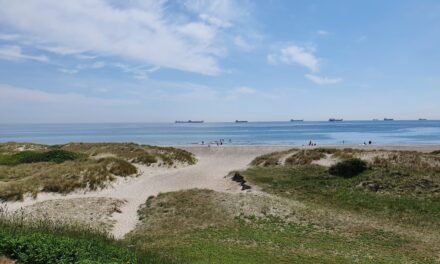



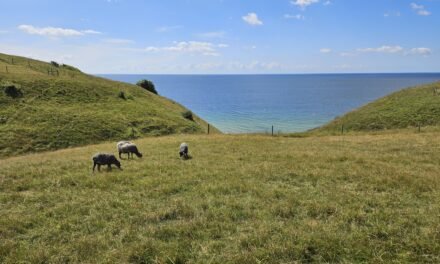
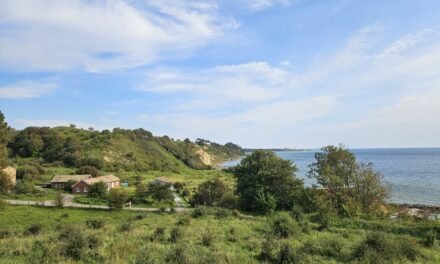
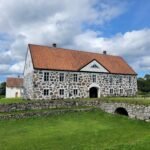

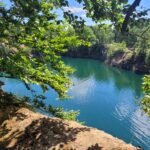
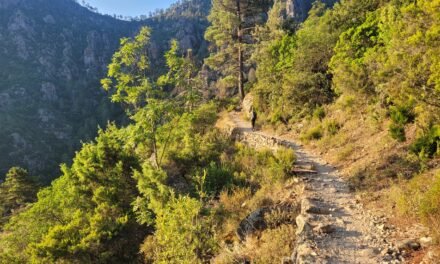
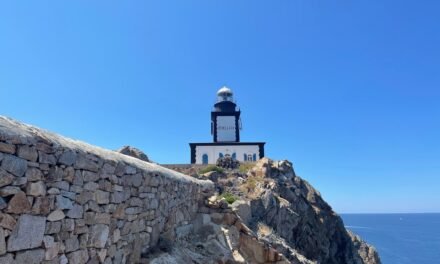
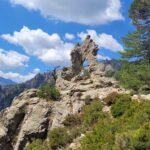
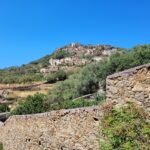
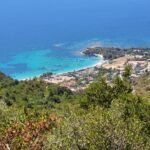
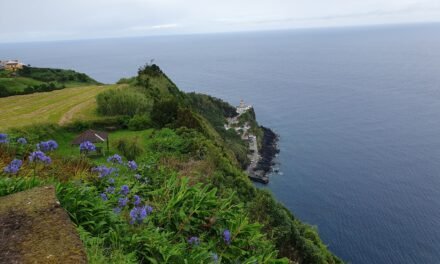
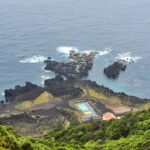
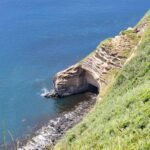
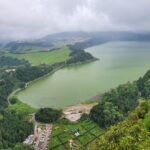
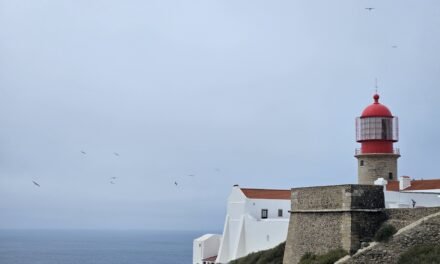
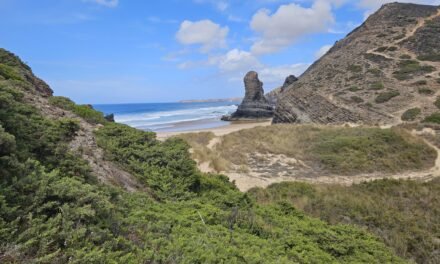

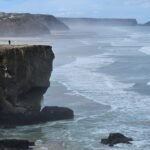
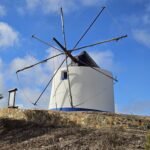









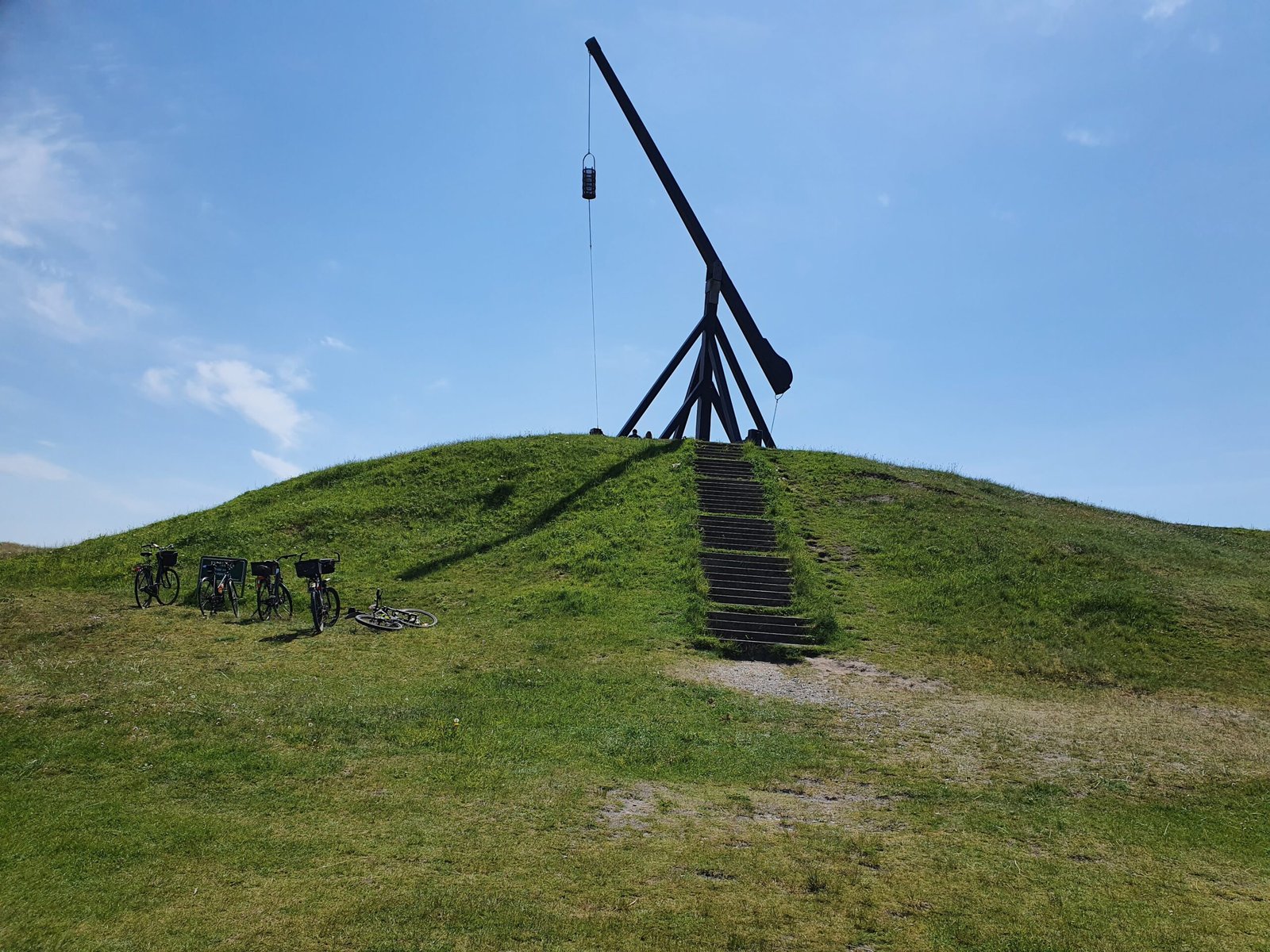
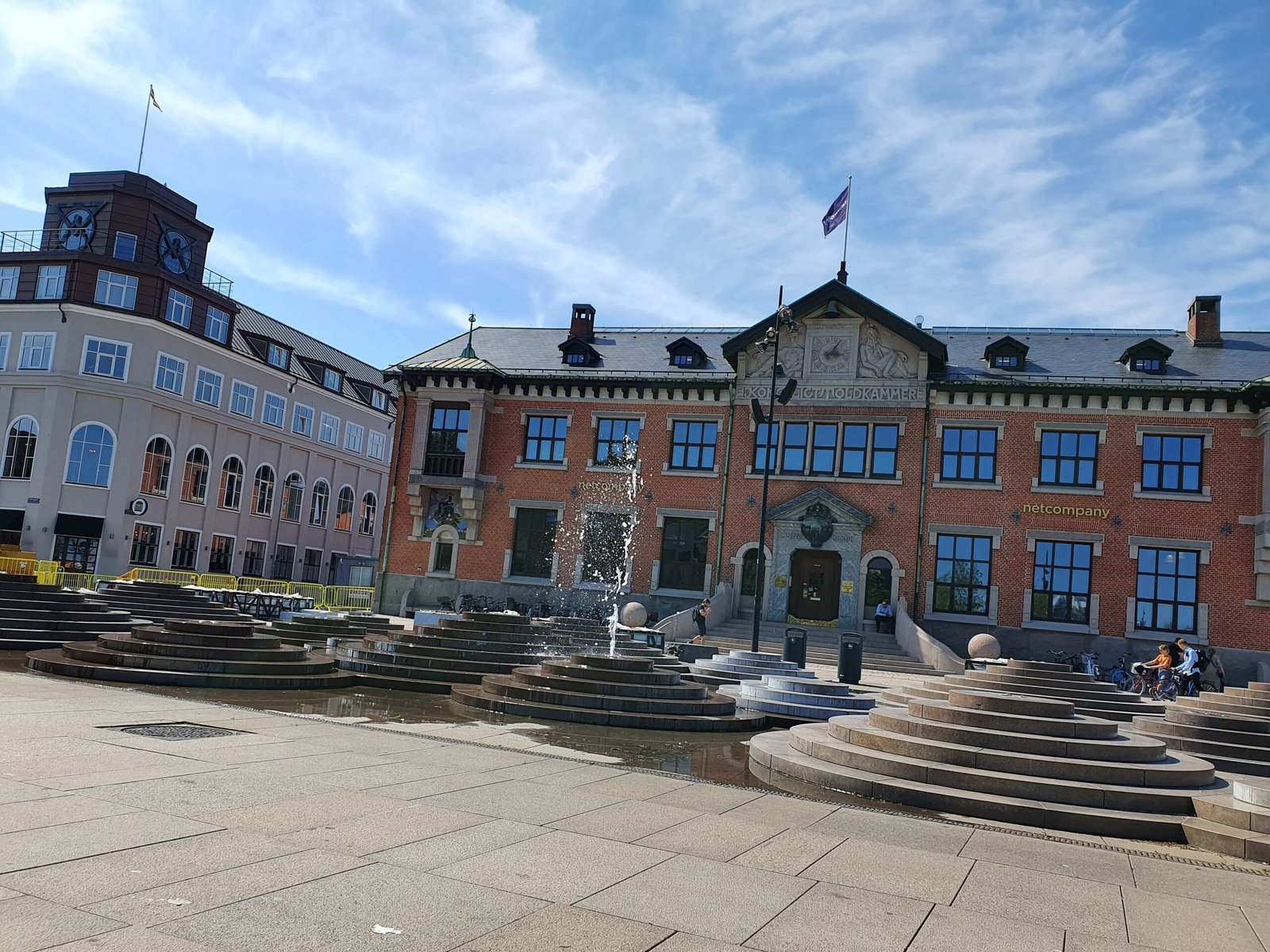



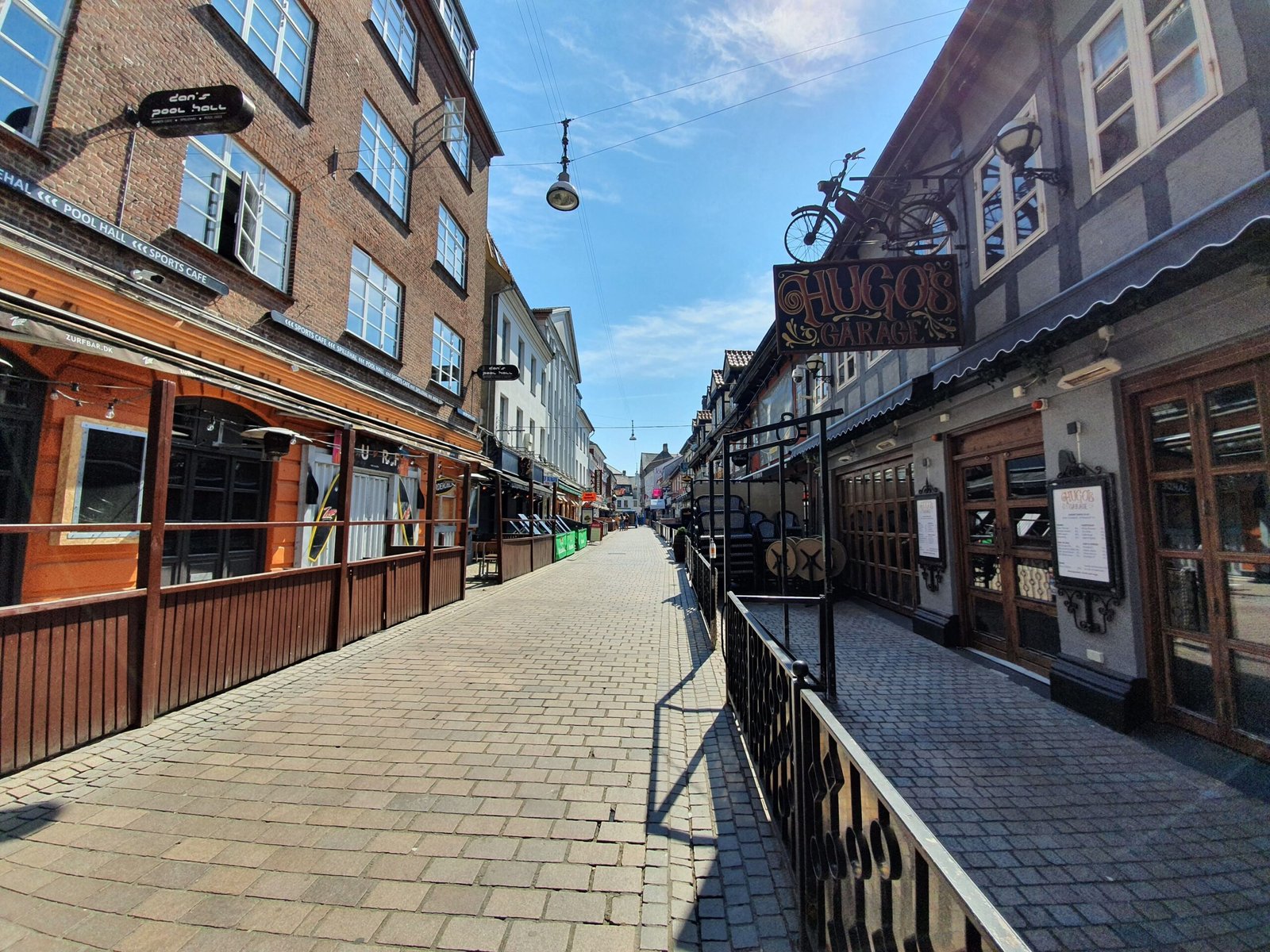
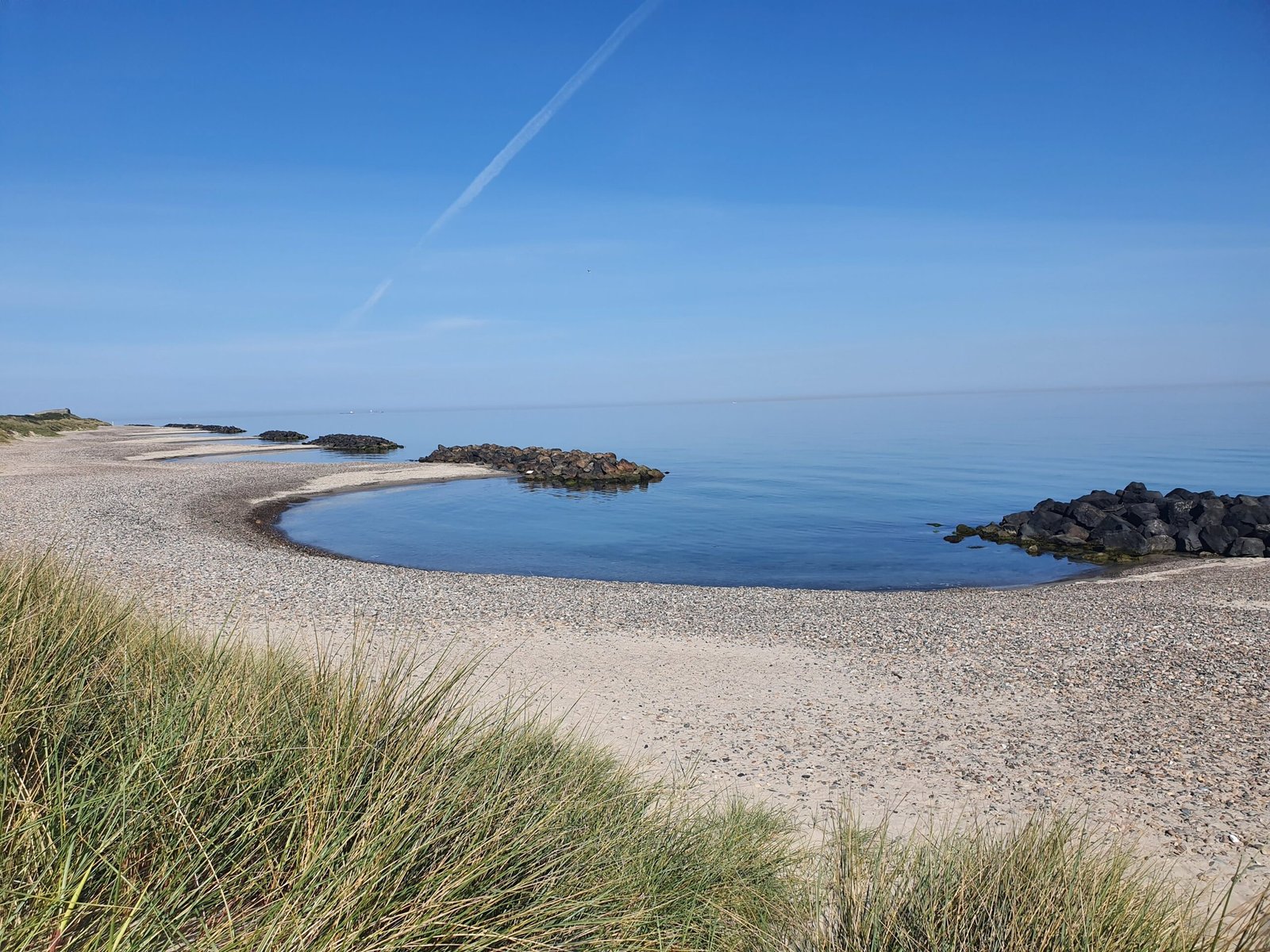


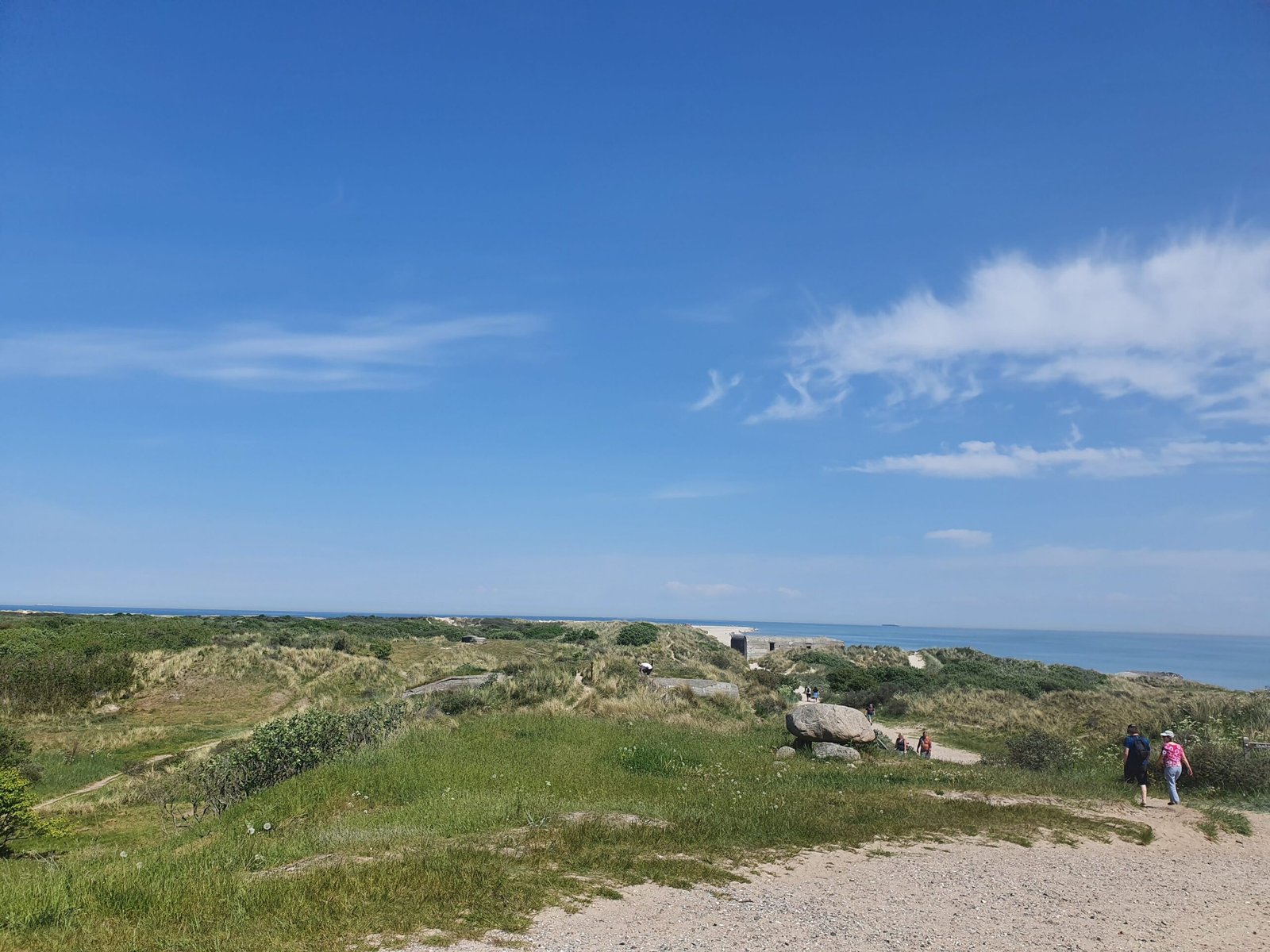


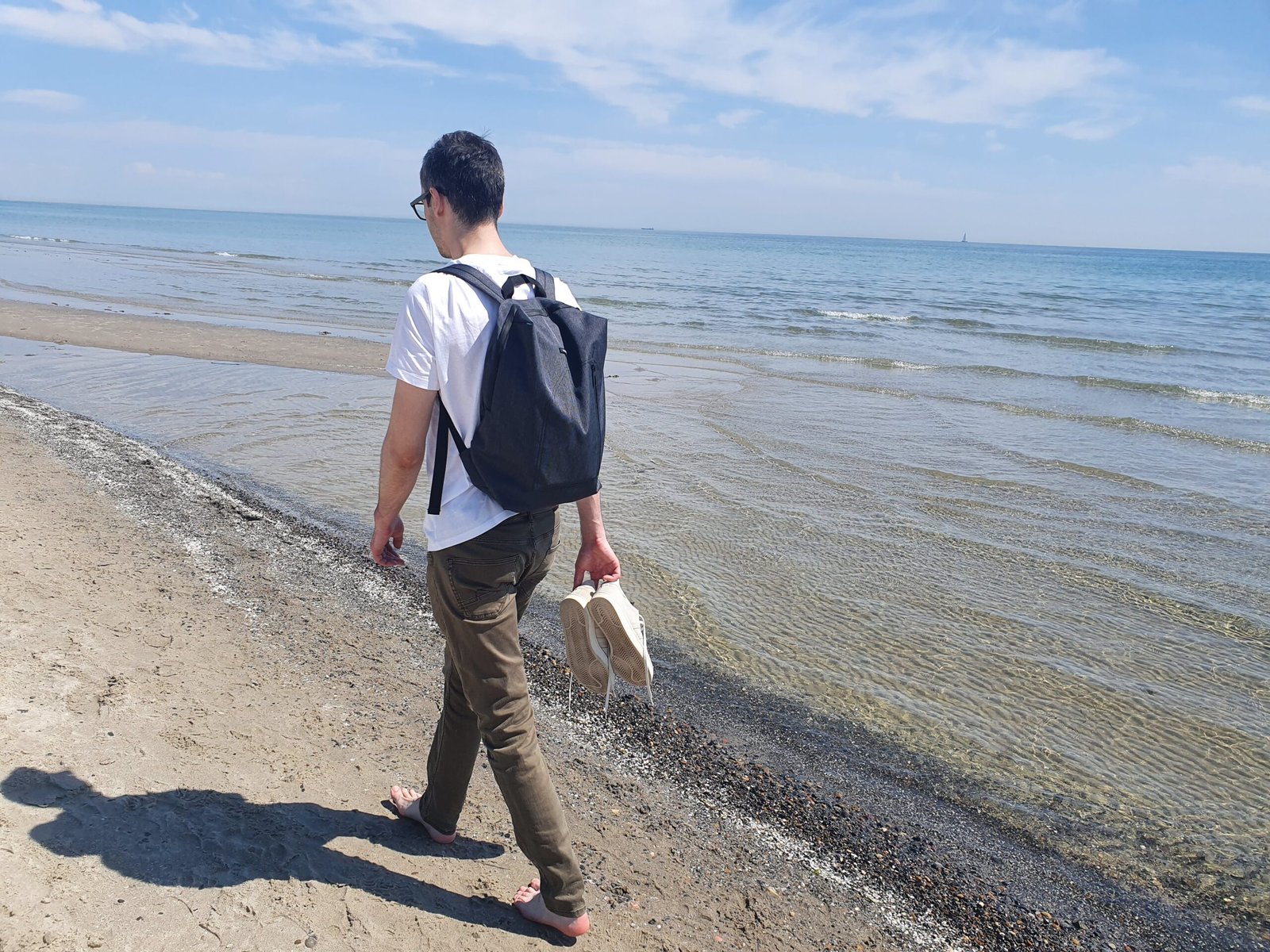
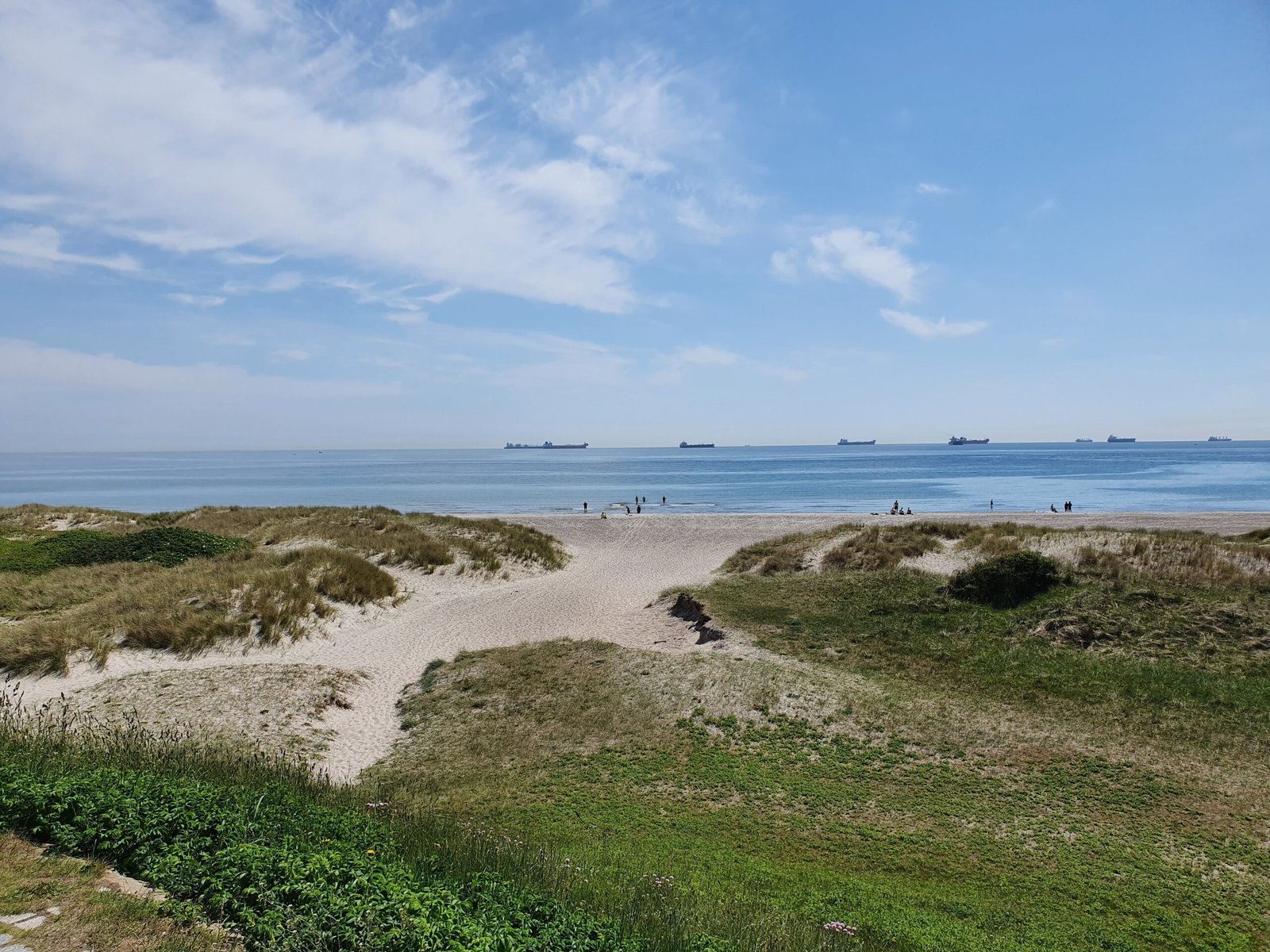


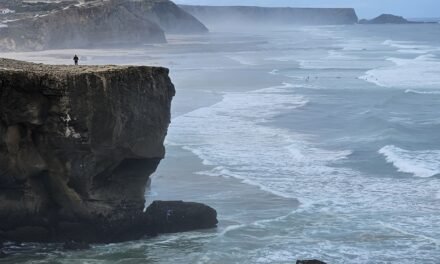
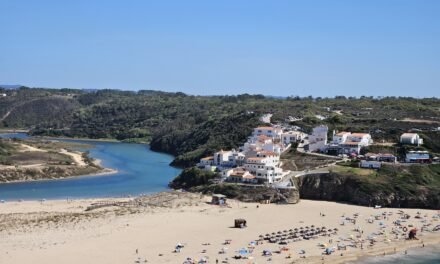

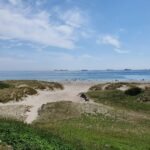

0 Comments